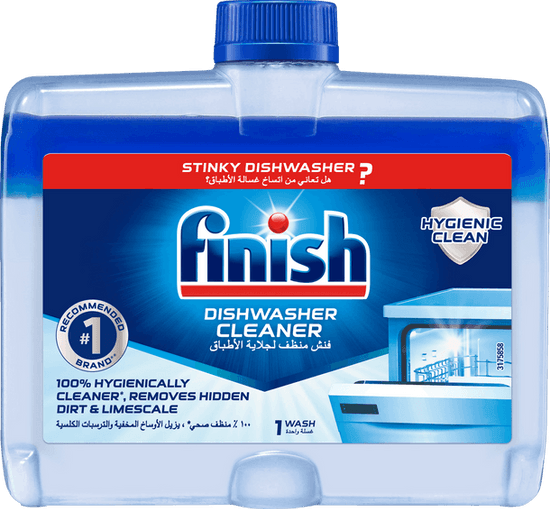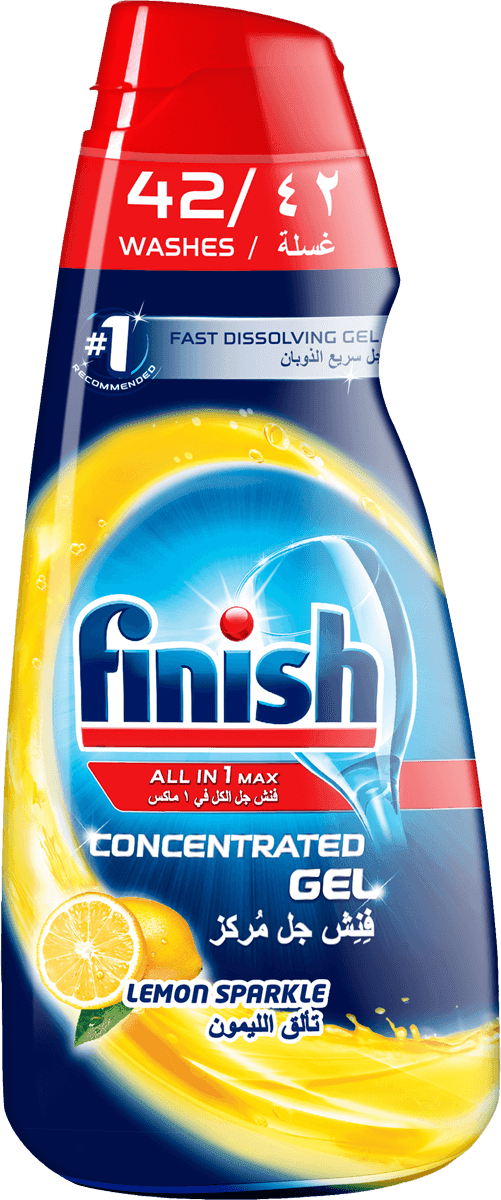Rinse Aid

Dishwasher Salt is especially designed to prevent limescale build up in your dishwasher which can cause poor performance.
Select pack size:
Finish is recommended by leading dishwashing manufacturers.
Dishwasher Salt is especially designed to prevent limescale build up in your dishwasher which can cause poor performance. Salt also effectively softens water to ensure better cleaning performance of your detergent, preventing white residue marks from hard water on your glasses and dishes.
Store in a dry environment, away from heat and moisture
Keep away from children
Do not ingest
If product is ingested then seek medical advice
.png?width=129&height=128&format=png&quality=80)
.png?width=128&height=128&format=png&quality=80)



